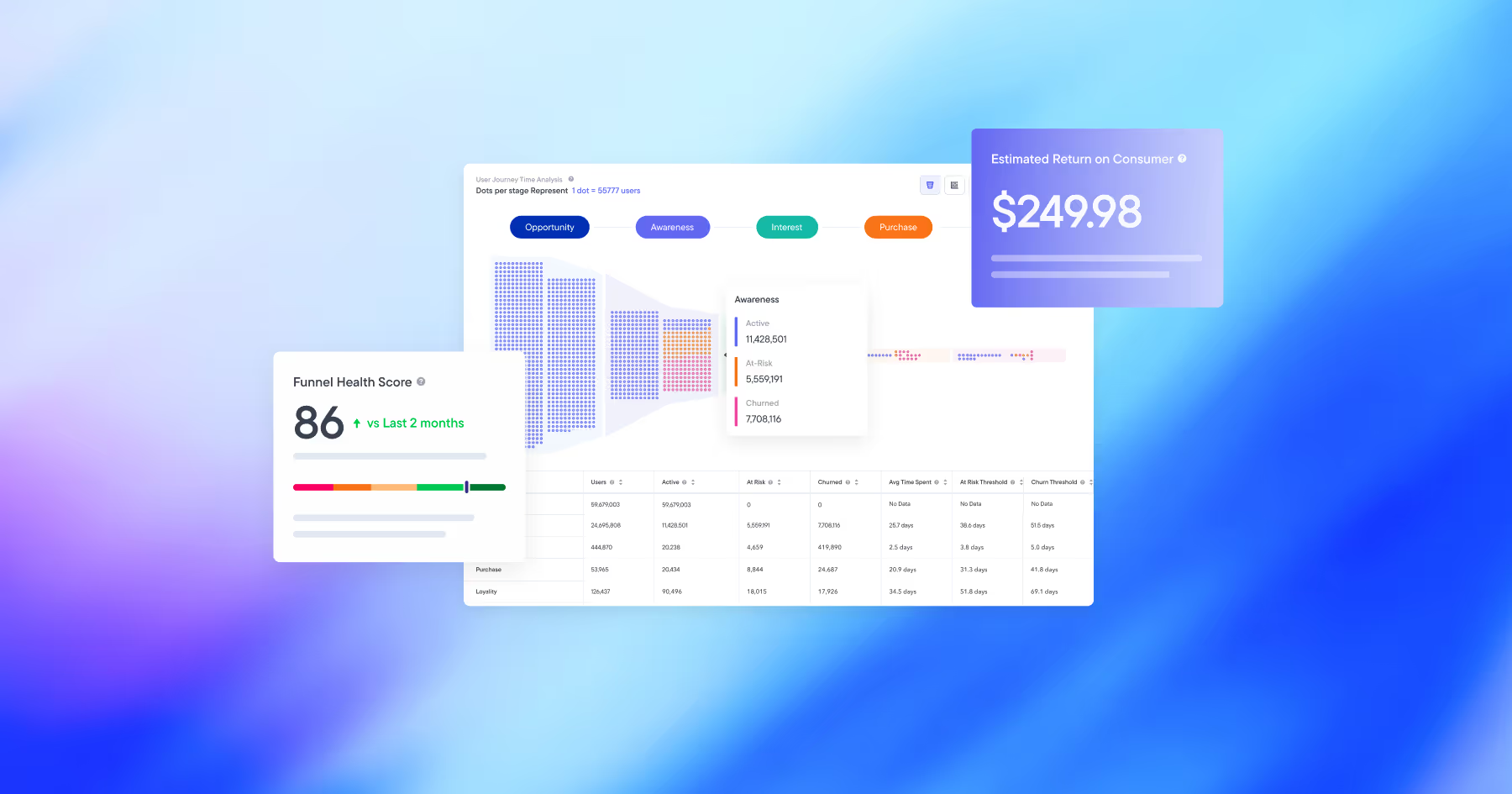
Amazon’s rise to a trillion-dollar business was powered by a simple, repeatable playbook: build world-class infrastructure to drive internal growth, refine it until it’s best-in-class, then open it up as a service for everyone else. AWS transformed the cloud. Now, Amazon is betting that the same approach will reshape retail media.
Until now, Amazon Retail Ad Service - a platform that lets other retailers use Amazon’s ad tech to power product ads on their own sites - had yet to strike a major retailer partnership. Pilots launched with iHerb, Oriental Trading Company, and Weee!, but this week, the game changed. Macy’s, the iconic department store, became the first major retailer to sign on.
What’s in it for Amazon?
On its face, Amazon licensing its ad technology to a competitor feels counterintuitive. But zoom out, and the strategy is classic Amazon:
- New revenue streams: Retail media is a high-margin business, but only a handful of retailers have the scale or resources to build the infrastructure needed to compete. By selling its ad tech, Amazon unlocks a lucrative new B2B business, collecting a slice of the growing ad budgets flowing to retail media.
- Expanding data possibilities: With more retailers plugged into Amazon’s ad ecosystem, and hopefully Amazon Marketing Cloud (AMC), the dataset powering Amazon’s ad optimizations and closed-loop measurement infrastructure grows even more robust. That’s a win for Amazon, for brands, and for the future of measurement.
What’s in it for Macy’s?
The costs of building and maintaining a retail media network infrastructure are high. For smaller or traffic-challenged retailers, Amazon’s offering is a cost-effective shortcut to ad revenue.
For Macy’s, the deal helps open up its inventory to brands who want to buy in familiar workflows, using the Amazon Ads console or their preferred API partners. As Michael Krans, Macy’s VP of Retail Media, said, “We want to be where media buyers want to buy.”
For brands: Streamlining a fragmented retail media landscape
The explosion of retail media networks (RMNs) has created a fragmented and often frustrating ecosystem for brands. Each RMN comes with its own platform, reporting, and metrics. Amazon Retail Ad Service offers brands who take advantage of this new retailer inventory a simplified path:
- Simplified campaign management: Brands can access Macy’s (and others) ad inventory through the Amazon Ads console or their preferred API partners, streamlining buying and measurement.
- Consistent reporting: Unified metrics and purchase data across participating retailers means easier optimization and less time wasted reconciling apples-to-oranges dashboards.
- Early mover advantage: For brands willing to test new placements, there’s a window of opportunity to reach untapped audiences with less auction competition, potentially at lower costs.
As Drew Habeck, SVP of Media at Flywheel, shared in Amazon’s launch announcement:
“Amazon's Retail Ad Service has the potential to be transformative for advertisers. Tapping into Amazon’s expertise allows us to maximize reach and streamline advertising efforts. The consistent measurement, reporting, and purchase data across retail platforms are invaluable for campaign performance and optimization.”
The bottom line: Amazon’s ambition is bigger than retail media
Amazon isn’t just helping retailers and brands, it’s positioning itself as the backbone of advertising for the commerce sector at large. “Advertise everywhere with Amazon” is becoming a reality. For brands, that means new opportunities, but also new complexities in deciding where and how to spend for the greatest impact.
Ready to take advantage of the next wave in retail media? Let’s connect.
Ready to grow your business?
Let’s discuss the best approach to meet your brand’s specific needs.
Let's connect.avif)


